Trevarefabrikken, a Case Study in Innovative Rural Revitalisation
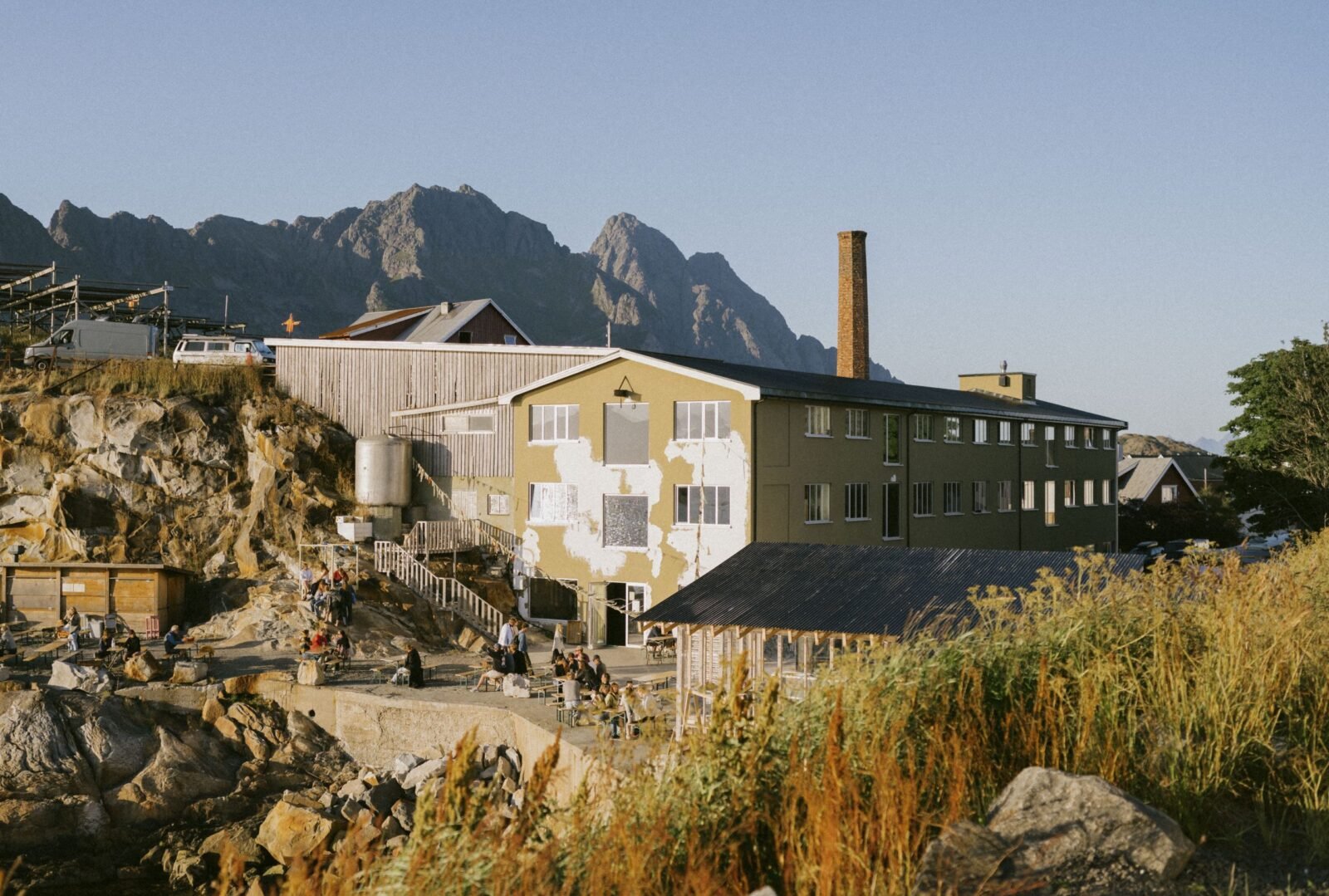
A hike on the Lofoten islands in 2014 led 4 brothers in their mid-20s to a disused factory. This chance encounter sparked a journey that continues today, transforming the dusty 1940s building into Trevarefabrikken, a vibrant hub for culture, food, and music. Nestled amidst the breathtaking scenery, the once-abandoned factory now attracts both locals and tourists seeking a unique blend of history and modern hospitality.
What began as a holiday for the youngsters from Bergen has blossomed into a ten-year endeavour. Today, Trevarefabrikken offers more than just a hotel. Savor local delicacies at the acclaimed restaurant, unwind in the rejuvenating sauna, or soak in panoramic fjord views. This haven attracts a younger crowd, defying the trend of many smaller towns. As we chatted with co-founder Martin Hjelle, he shared the inspiring story of transforming an empty shell into a thriving destination in Henningsvær, a charming village of 500 inhabitants.
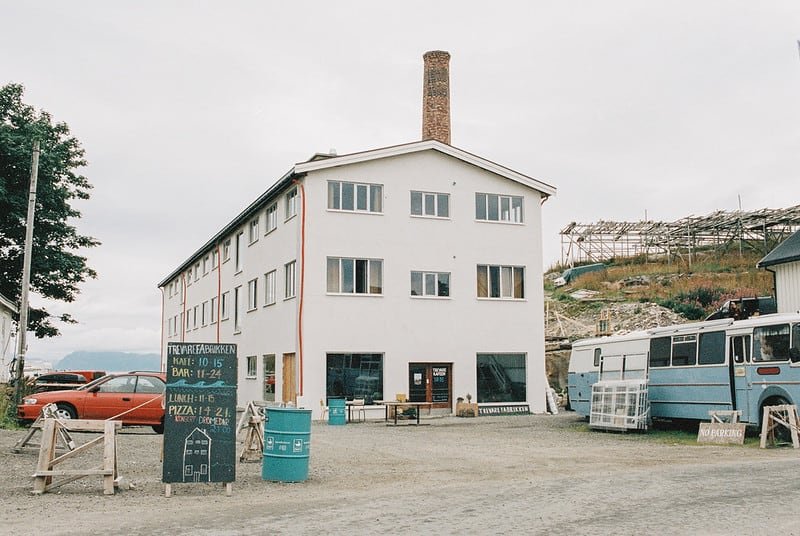
How it All Started
“In a bit of a spur-of-the-moment decision, fueled by advice from a local musician we met during a night out, the four of us pooled our savings and bought the 1,700 square meter factory for about 2.1 million NOK (roughly €200,000 at the time),” Martin explains. “The transformation was gradual, starting with spending summers there with friends while we finished our studies. By the following years, renovations began in earnest, with the help of dugnad, which is a fantastic Norwegian tradition of community work with voluntary participation. In 2016, we made a small bar out of the old roof planks, and we sold an unexpected €10,000 worth of beers over the summer. That’s when we really started to see the potential in the place. With renewed enthusiasm, we decided to go all-in and move up north permanently.”

A successful summer bar and the building’s protected status, meaning they could access funds from the Norwegian cultural heritage fund, helped secure a bank loan in 2017. The empty factory blossomed into a vibrant hub, offering a restaurant, bar, cafe, and hosting the annual Trevarefest music festival in the summer. The year 2018 saw the addition of 4 hotel rooms and a sauna, and finally, in 2022, Trevarefabrikken transitioned to year-round operation.
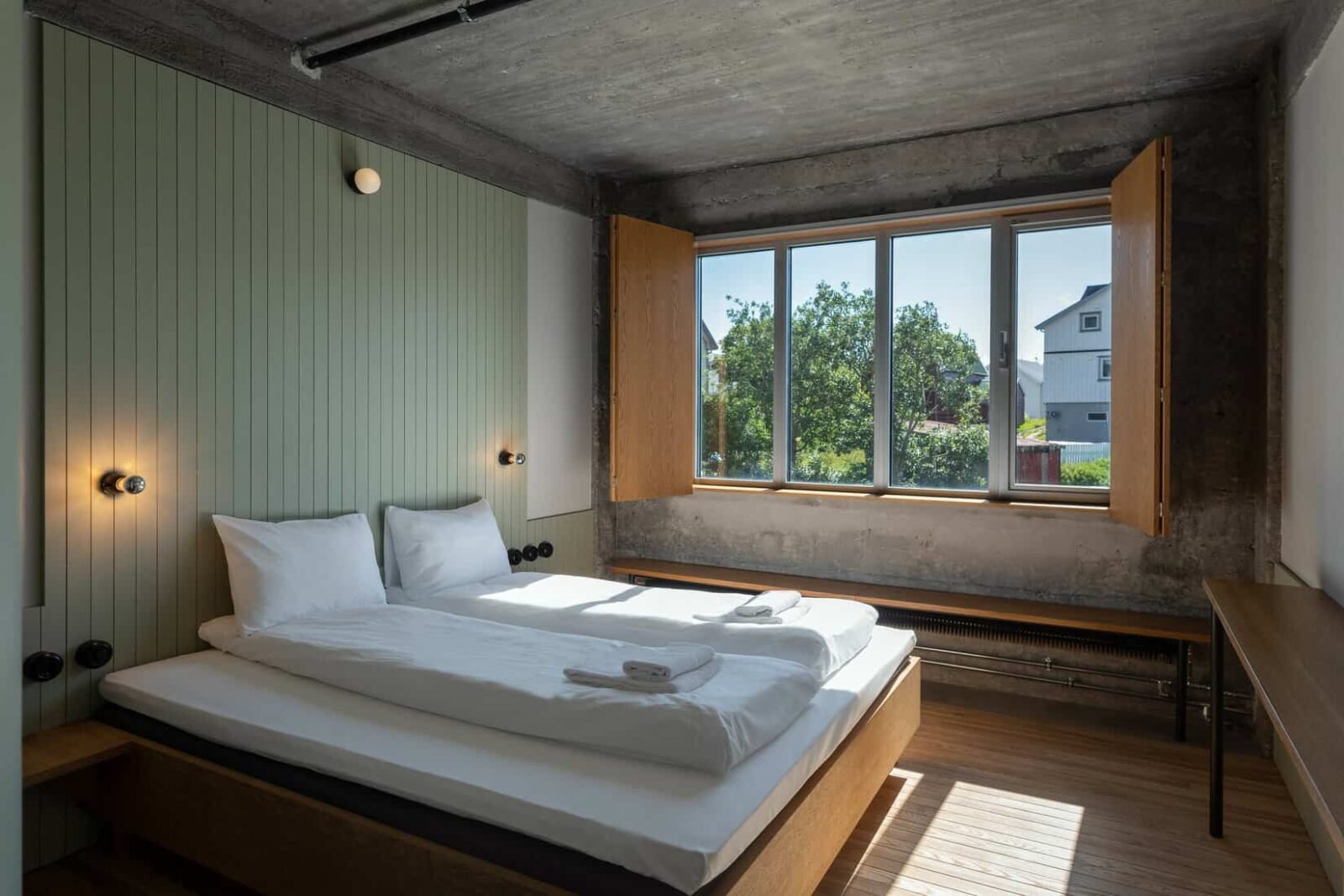
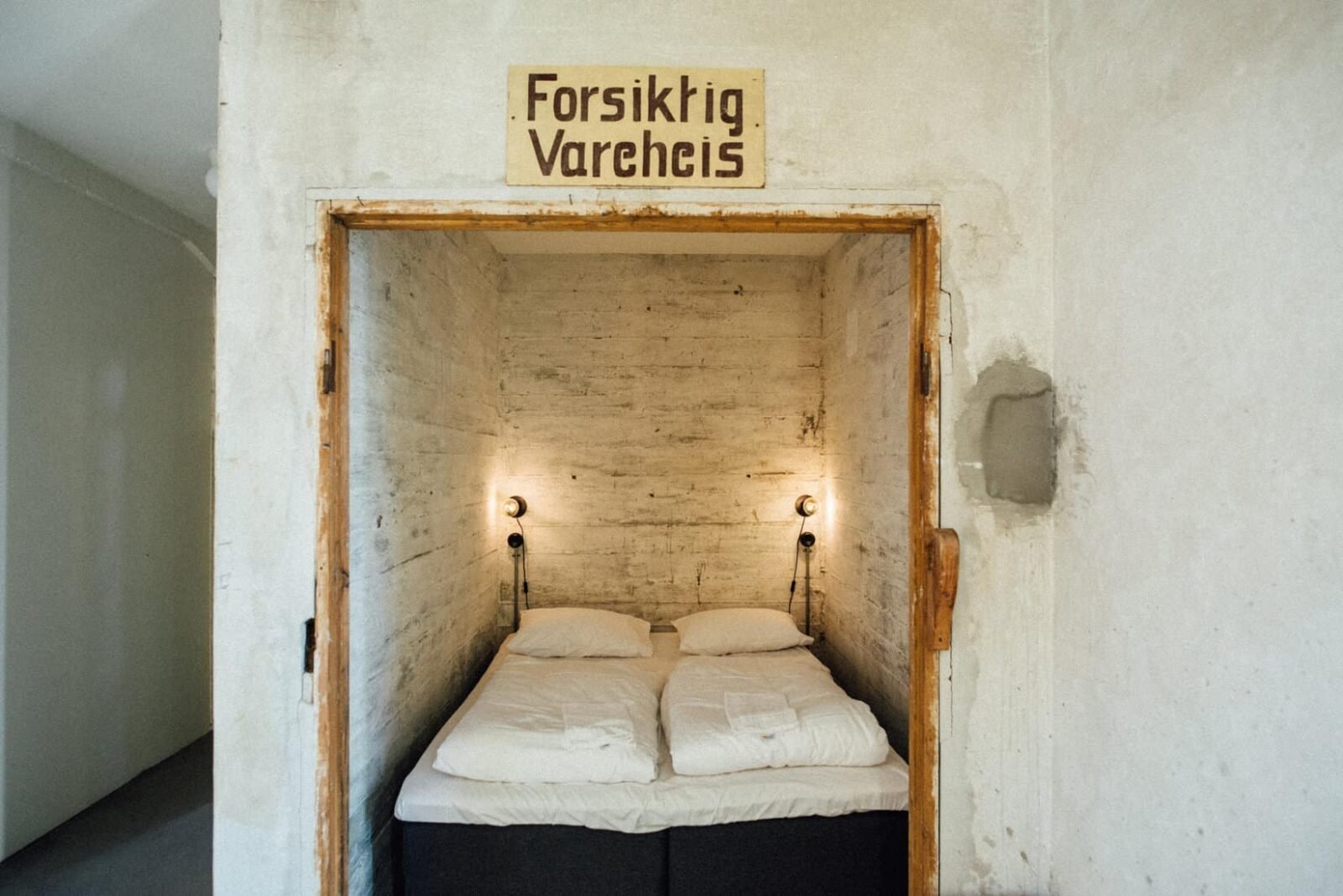
Mixing the Old and New
Despite a comprehensive renovation, Martin and the other owners prioritised preserving the factory’s essence and character. This is evident in the salvaged machinery from the carpentry and cod liver oil production, still proudly displayed within the space. Even the hotel rooms, designed in collaboration with London design agency Jonathan Tuckey, retain a distinctly industrial vibe with their exposed concrete walls. This commitment to authenticity allows Trevarefabrikken to tell its unique story through its very architecture, offering guests a captivating blend of modern comfort and historic charm.
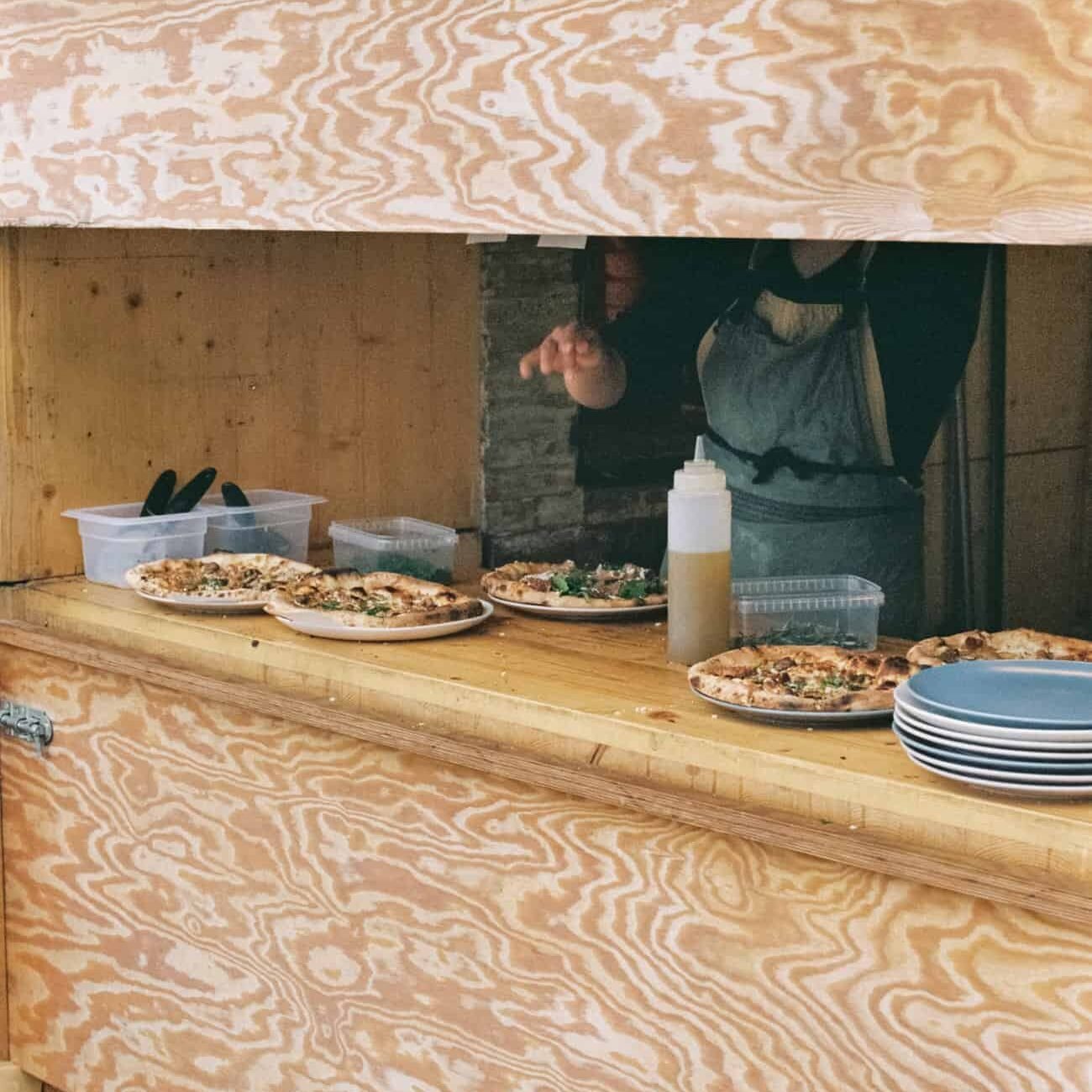
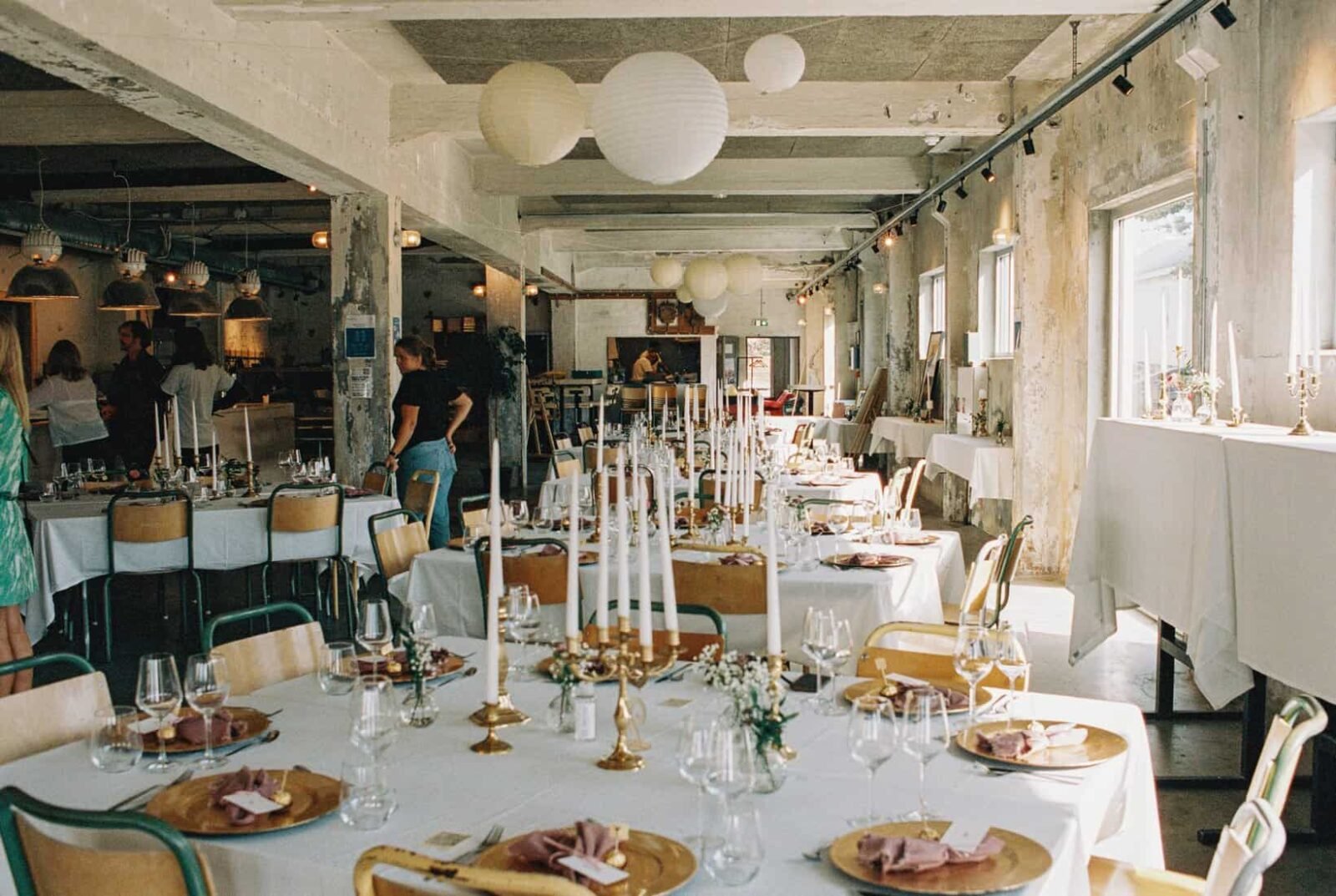
Martin: “We don’t try to hide history. I think it’s essential to be proud of what you already have and make a connection between the past and the present. We are no longer producing preserves, but we are still producing things in a different way — meeting places, culture, concerts and so on — so technically we’re still a factory.”
“Technically, we’re still a factory. We just produce things in a different way now“
Martin Hjelle, co-founder Trevarefabrikken
Village Vibes vs. City Lights: What’s Drawing People to Lofoten?
Martin ponders the magnetic pull of far-flung Lofoten, beckoning urban dwellers away from their bustling city lives. He attributes it, in part, to the potent allure of community. As major cities grapple with gentrification, soaring rents, and the pressure to conform to specific lifestyles, it’s understandable why some yearn for a different path. However, it’s not just about escaping the rat race. While Lofoten offers an idyllic backdrop and lower living costs, most people crave opportunity and connection. What makes Lofoten unique is its ability to balance a simpler existence with vibrant possibilities.

“People are increasingly seeking flexibility, both in their careers and leisure time,” explains Martin. “We represent a real-life example of how different lives are possible. Our mission is to demonstrate that you don’t have to abandon city comforts entirely to live in a village — you can experience them in a new form.”
“You don’t have to abandon city comforts entirely to live in a village — you can experience them in a new form“
Martin Hjelle, co-founder Trevarefabrikken
What Can Other Rural Regions Learn From Trevarefabrikken?
Is Trevarefabrikken’s success replicable in any village worldwide? Martin acknowledges that the unique setting and historic building contribute significantly to Trevarefabrikken’s charm. However, he emphasises the crucial role of Henningsvær’s existing vibrant young community, historically popular among fishermen and climbers. Unlike many villages facing demographic decline, Henningsvær attracts young adults, particularly from Bergen and Oslo, seeking to settle down, contributing to its economic and cultural growth. “Since Trevarefabrikken opened,” Martin says, “we’ve seen the largest influx of residents between 25 and 35 years old. This likely stems from the year-round offerings and job opportunities we create, making Henningsvær an attractive place to live.”

While acknowledging Trevarefabrikken’s unique circumstances, Martin sees it as an inspiring model for rural revitalization projects elsewhere. “Despite its particular location,” he explains, “Trevarefabrikken sheds light on what truly matters to people in their communities and lifestyles. It demonstrates one successful approach to revitalizing villages, offering valuable insights for future projects around the world.”



